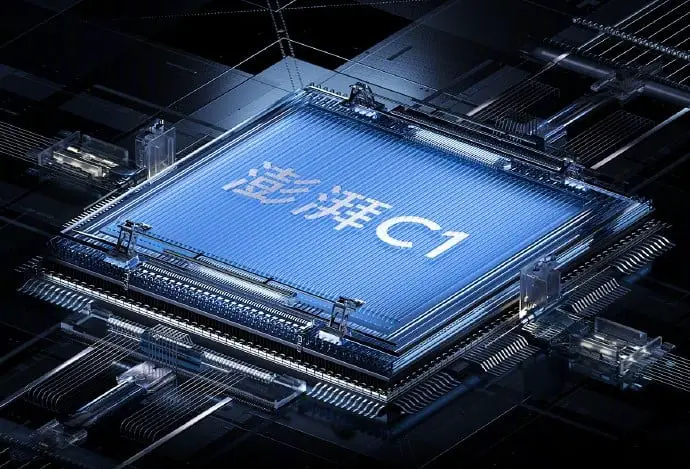Xiaomi’s Leap into Innovation: Unveiling Self-Developed Chips
Xiaomi is set to revolutionize the industry with a series of self-developed chips. Xiaomi self developed chips, designed to enhance imaging, charging speed, battery management, and communication, mark a significant stride towards a more integrated and efficient smartphone experience.
I. Introduction
Smartphone enthusiasts have been buzzing with anticipation as Xiaomi prepares to introduce a groundbreaking lineup of self-developed chips. In a world where technological advancements are relentless, Xiaomi aims to stay ahead by focusing on key areas that define user experience.
II. Xiaomi Self Developed Chips
A. Imaging Chip Surge C4
Xiaomi’s Imaging Chip Surge C4 promises to redefine smartphone photography. With advanced features and improved image processing capabilities, users can expect sharper, more vibrant photographs.
B. Charging Chip Surge P3
The Charging Chip Surge P3 is engineered to elevate the charging experience. Xiaomi users may soon enjoy faster and more efficient charging, ensuring their devices are always ready for action.
C. Battery Management Chip Surge G3
Efficient power management is at the core of the Battery Management Chip Surge G3. This chip aims to extend battery life, a crucial aspect of modern smartphones.
D. Communication Chip Surge “xx”
Details on the Communication Chip Surge “xx” are yet to be fully unveiled, but expectations are high for improved communication capabilities, promising better connectivity for users.
III. Digital Chat Station’s Report
According to Chinese tipster Digital Chat Station, Xiaomi’s venture into self-developed chips extends across imaging, fast charging, battery, and communication. Speculations are rife that these chips will find a home in an upcoming Xiaomi flagship device, possibly the eagerly awaited Xiaomi 14 Ultra.
IV. Xiaomi 15 Series
The Xiaomi 15 series is on the horizon, expected to incorporate the powerful Snapdragon 8 Gen 4 chip. Leaks also suggest a Pro model with a remarkable 2K 120Hz LTPO display, potentially optimized for better battery life with the aid of the new Battery Management Chip Surge G3.
V. Xiaomi 14 Ultra
The Xiaomi 14 Ultra, equipped with the Snapdragon 8 Gen 3 chipset, is poised to impress with its curved-edge OLED display and quad-camera setup. The substantial 5180 mAh battery, coupled with 90W wired and 80W wireless fast charging, underscores Xiaomi’s commitment to delivering cutting-edge technology.
VI. Potential Enhancements
As Xiaomi integrates these self-developed chips into their devices, users can anticipate a host of enhancements. The combined prowess of the Snapdragon chips, innovative displays, and advanced battery management sets the stage for an unparalleled smartphone experience. If the new battery management chip lives up to expectations, Xiaomi devices could see a significant boost in screen-on time.
VII. Conclusion
In conclusion, Xiaomi’s foray into self-developed chips marks a pivotal moment in their pursuit of innovation. These chips, spanning imaging, charging, battery, and communication, showcase Xiaomi’s dedication to providing users with a holistic and seamless smartphone experience. As Xiaomi’s new flagship devices make their way into the market, the integration of these chips is poised to redefine industry standards.
Frequently Asked Questions
- What sets Xiaomi’s self-developed chips apart from others in the market?Xiaomi’s chips are designed to enhance multiple aspects, including imaging, charging speed, battery management, and communication. This comprehensive approach distinguishes them from other offerings in the market.
- When can we expect the Xiaomi 15 series to be launched?The Xiaomi 15 series is anticipated to be launched in September, with mass production slated for the same month.
- What improvements can users expect in the Xiaomi 14 Ultra’s camera setup?The Xiaomi 14 Ultra is rumored to sport a quad-camera setup, featuring four 50MP lenses, including a 50MP Sony LYT-900 primary shooter with a Leica-branded camera module.
- How does the new Battery Management Chip Surge G3 impact battery life?The Battery Management Chip Surge G3 is designed to extend battery life, potentially leading to improved screen-on time for Xiaomi devices.


